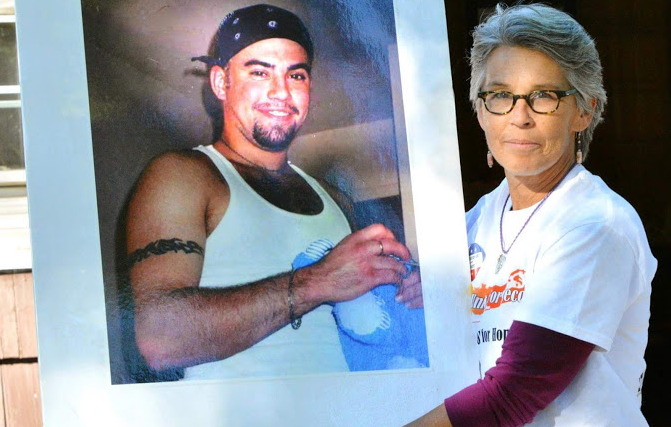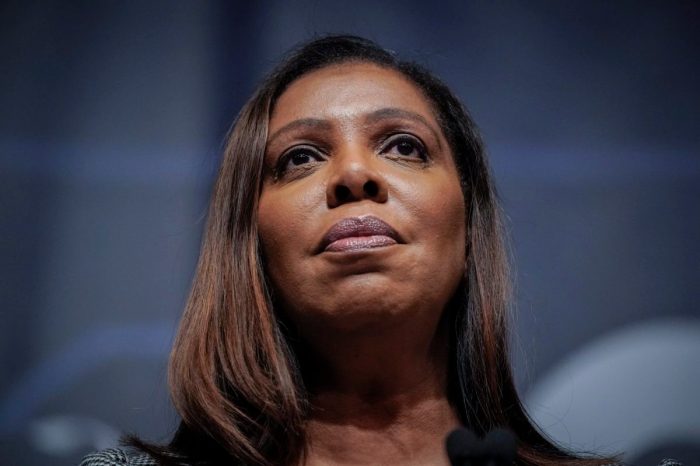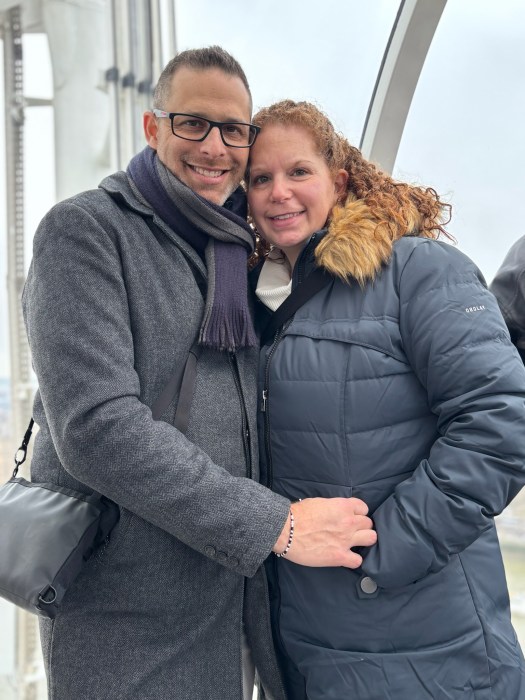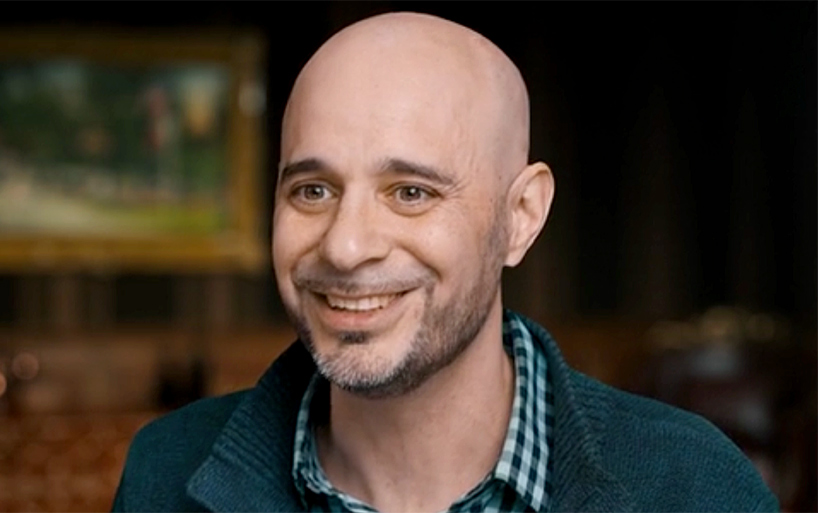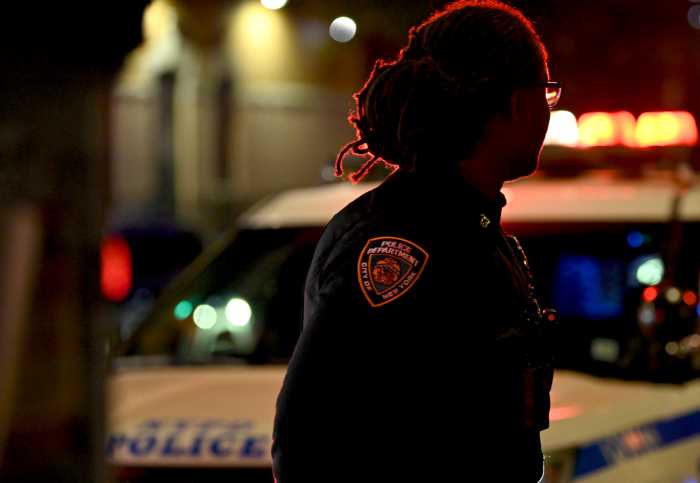Paulette Perrault Phillippe believes her grandson Gabriel would still be alive if he had gone to a recovery high school after being treated for his first overdose at the age of 15.
Instead, Gabriel went back to his original high school after just eight days of treatment at Mather Hospital in December 2009. Gabriel suffered his second overdose in April 2010. It was fatal.
“He went back to the same high school environment where nothing changed,” Phillippe says. “With a recovery high school to attend after his overdose, I think Gabe would be still with us, thriving and working a program one day at a time.”
The year Gabriel died, the Suffolk County Heroin and Opiate Epidemic Advisory Panel began to promote the idea of creating a recovery high school on Long Island. Beginning in 2014, Phillippe and other advocates began annual trips to Albany to ask the state to fund such schools.
This year, nearly a decade later, and amid the deadliest drug crisis in United States history, Phillippe may get her wish.
Western Suffolk BOCES, in partnership with Outreach Development Corporation, is in the process of implementing a recovery high school on Long Island. The location, time frame for opening, and exact budget amounts are still in the planning stages.
“Recovery high schools allow students in recovery to continue their education in a substance-free and supportive environment, by offering recovery resources and ensuring necessary supports are in place to address the needs and challenges that they face,” Assistant Director of Communications and Public Information Evan Frost of the State Office of Addiction Services and Supports (OASAS) told the Press. OASAS continues to work in partnership with the State Education Department towards the development of these schools in New York State.
Advocates across Long Island join in celebrating the initiative.
Like Paulette, Claudia Capie Friszell believes a recovery high school could have saved her son, Marc Lewis. He returned to his old high school after eight months of treatment in an adolescent rehabilitation facility in 1998. He relapsed two weeks later. Friszell said there was a lack of much-needed communication between the treatment facility and the school.
At 16 years old, Lewis was right back to hanging out with old friends, getting high, and engaging in old habits at school. He soon began a downward spiral, she said. In 2000, at the age of 18, he too died of an overdose.
In August 2017, OASAS put out a Request for Information to gauge interest in creating recovery high school models in New York, looking at support required for success and any barriers to implementation.
Recovery high schools are not a new concept. The national Association of Recovery Schools lists 40 such schools in 15 states. These alternative high schools allow students diagnosed with or at risk for a substance use disorder to receive academic services in a substance-free, supportive environment where being sober is the norm.
State education officials cited studies that found 70 percent of students attending recovery schools successfully maintain sobriety for a full year after treatment, compared to 30 percent of students who return to their community high schools.
According to the U.S. Centers for Disease Control and Prevention, the earlier teens start using substances, the greater their chances of continuing to use substances and developing substance use problems later in life. According to 2019 statistics: about two-thirds of students have tried alcohol by 12th grade; about half of 9th through 12th grade students reported having used marijuana; and about 2 in 10 12th graders reported using prescription medicine without a prescription. Substance use affects the growth and brain development of teens and contributes to the development of adult health issues such as heart disease, high blood pressure, and sleep disorders.
“I believe if he was able to attend a recovery high school, there would have been a focus on becoming healthy, having support for his addiction, and being placed in an environment where tools for learning self-esteem, self-worth, gratitude and the gift of belonging would be primary,” Phillippe says.




